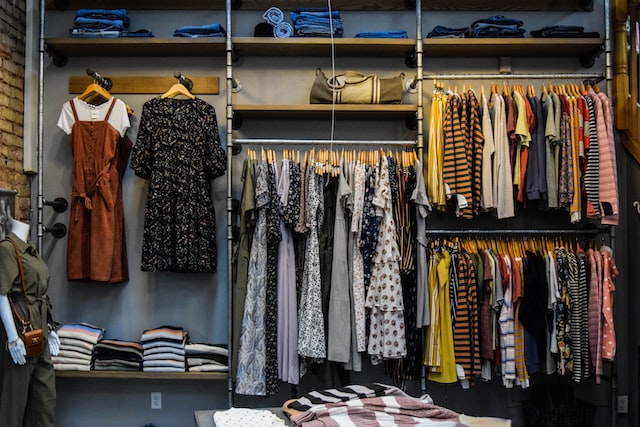Garment embroidery is becoming increasingly popular in all business sectors. Every sector is looking for garment embroidery services to establish its presence and dominate the market, from individual enthusiasts to the fashion world, sports leagues, and corporate world.
However, few people are aware of the specifics of garment embroidery, such as the processes involved, the costs, the limitations of the process, and so on. Learn everything you need to know about garment embroidery by reading on.
What exactly is garment embroidery?
Sewing a design onto fabric is the most basic definition of garment embroidery. The process is similar to screen printing in that the design file must be supplied as a high-resolution image file. However, embroidery digitising services create the file’s digitised design. The digitised file is created in accordance with the embroidery specifications. The type of fabric, stitch density, colours, size (dimensions), and other factors are important to consider during the digitising
The digitised file is then exported in the desired machine embroidery format. Finally, the digitised design is transferred to an embroidery machine and sewn/embroidered onto the fabric. The amount of time needed for embroidery will be determined by the number of stitches used in the design.
Types of embroidered garments
Embroidery can be done on almost any type of garment, with the exception of very thin fabrics. Modern embroidery machines can also embroider on caps, jackets, hats, and other accessories. Sweatshirts, t-shirts, hoodies, shirts, and tops are the most commonly used garments for embroidery. Many industries prefer embroidery because it is extremely durable. Sports organisations adore garment embroidery for caps and athletic wear. Corporate entities prefer garment embroidery for marketing merchandise, while businesses use it for work wear uniforms.
Considerations for Garment Embroidery
Here are some things to think about during the garment embroidery process:
- Select the garment to be embroidered.
- Determine the fabric type and whether it is stretchy or not.
- Use the appropriate stabiliser for the fabric.
- Use high-quality threads that will not fade or shrink.
- Use the appropriate needles.
- Adjust the embroidery speed based on the fabric and design complexity.
What are the various types of embroidery?
Flat embroidery and 3D embroidery are the two broad categories of embroidery. Flat stitch embroidery results in a flat-level finish. Stitches do not cross or loop in this case. Flat embroidery is another popular embroidery style that is used on a variety of garments. 3D embroidery, also known as 3D puff, is a unique embroidery technique that allows embroiders to create raised (3D) designs. This is accomplished by placing a foam under the top stitch. 3D garment embroidery is highly preferred for cap embroidery, where raised emblems and designs are created. However, garments with 3D embroidery cannot be washed repeatedly.
Is it possible to embroider directly on clothing?
Yes. Embroidery can be done on clothing directly. Some important factors to consider when embroidering directly onto clothing are listed below.
- If you’re working with stretchy fabric, avoid using an embroidery hoop.
- When working with stretchy fabric, it is best to use stabiliser backing, though this is a personal preference.
- Keep your hands gentle while stitching if you’re working with stretchy fabric. This will assist you in avoiding bubbles in your embroidery design.
- When embroidering directly on clothing, make sure to secure the threads with tight knots. This will assist in keeping the threads in place during machine washing.
What is the cost of garment embroidery?
Garment embroidery does not have a set price. The final cost of garment embroidery will be determined by a variety of factors, including the fabric used, the complexity and size of the design, the number of stitches in the design, and many others.
Many embroidery shops charge a flat rate for a set number of stitches. Whereas some embroidery companies only provide quotes after determining the scope of work. Nonetheless, because the garment embroidery market is so competitive, you can always find a competitive service. In fact, many embroidery shops also provide loyalty discounts and bulk order discounts.
